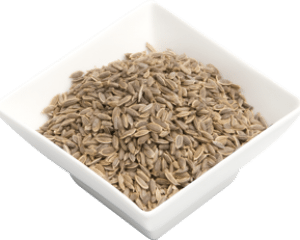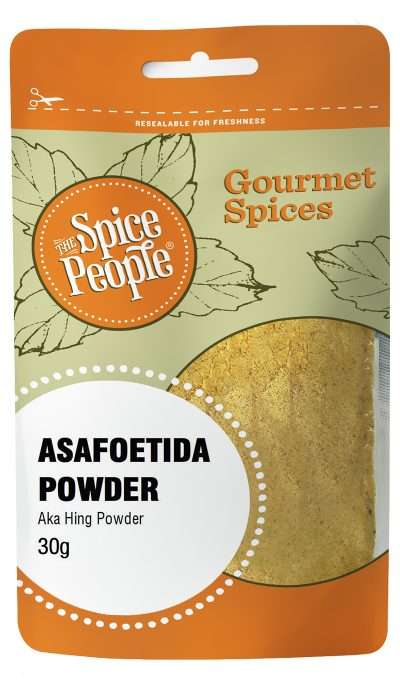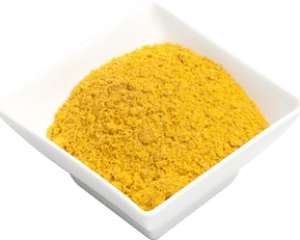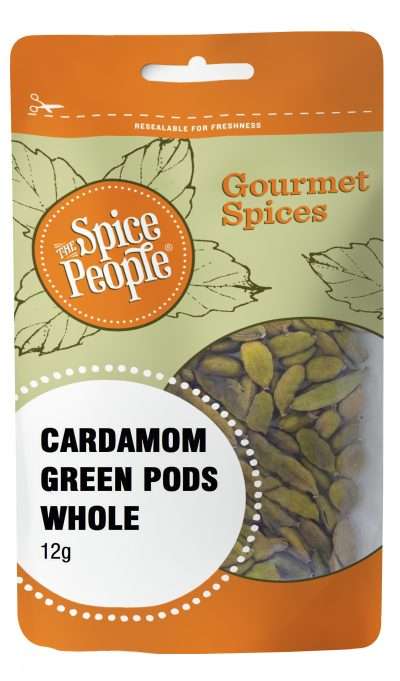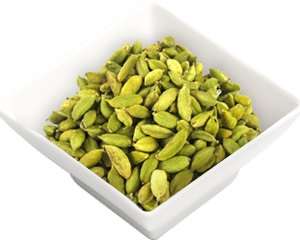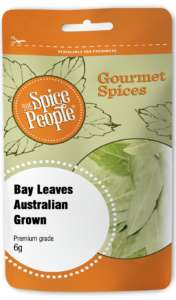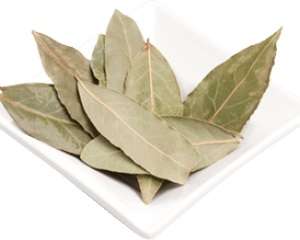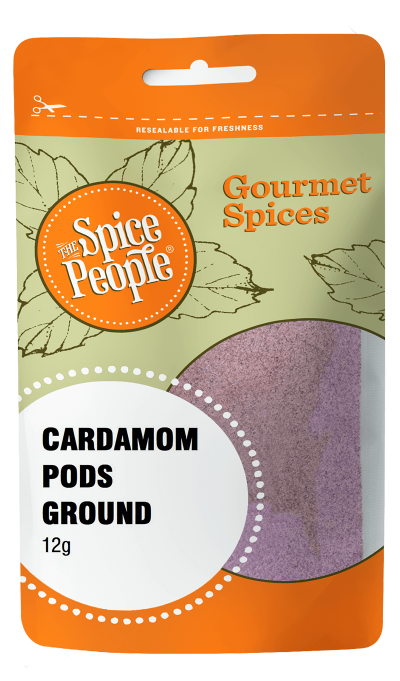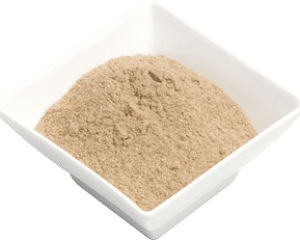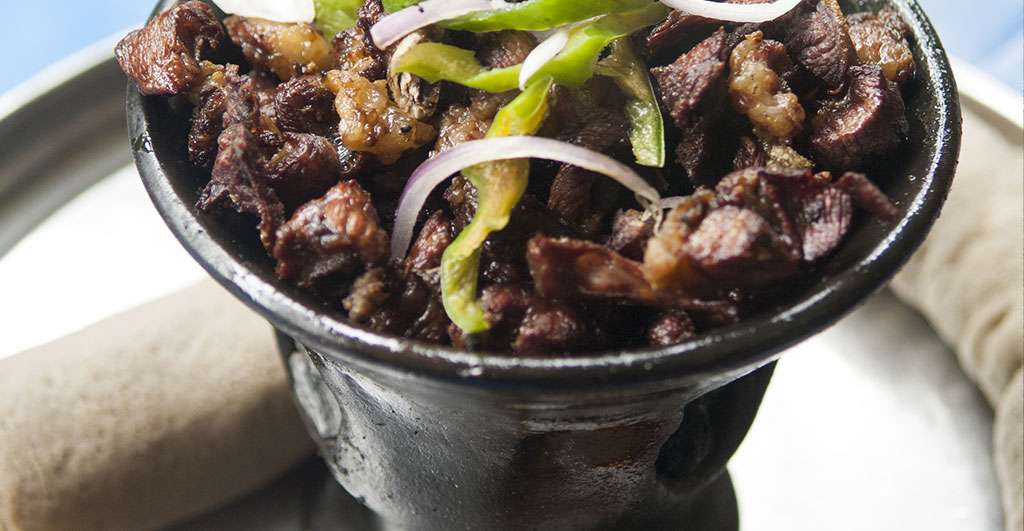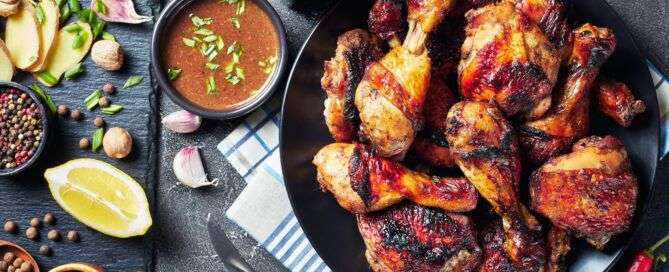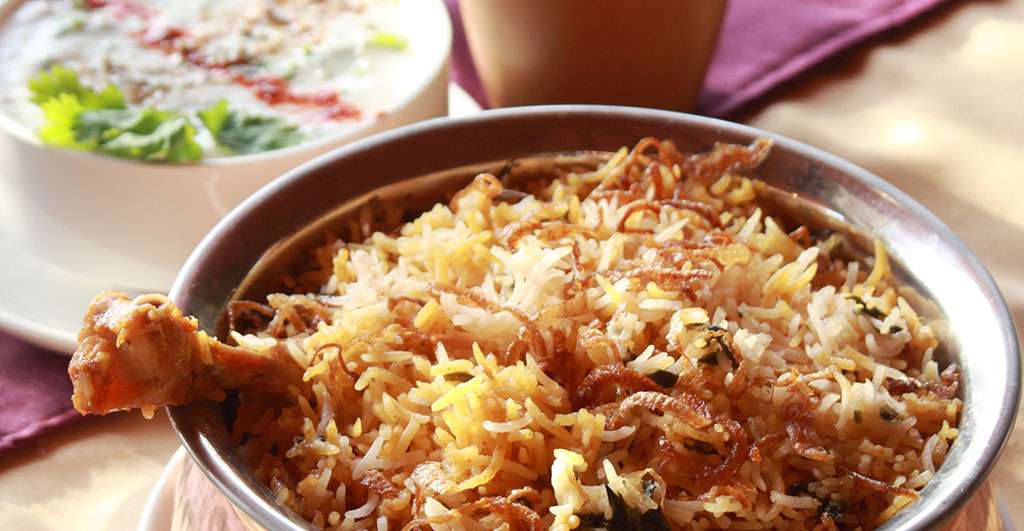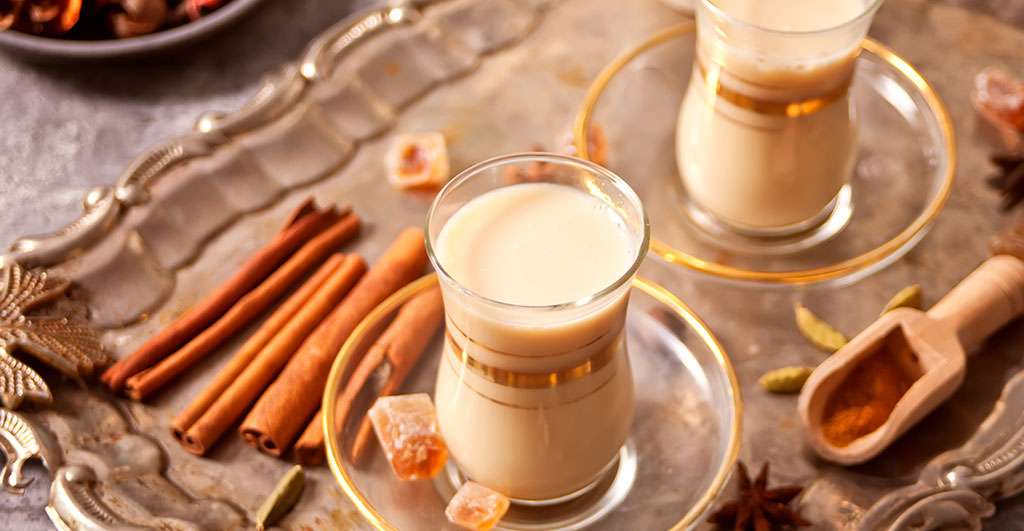Dill Seeds Whole – 50g
107 in stock
Product description
Dill seeds are a fragrant herb with light brown oval seeds. The seeds have a similar anise flavour to the tips, but they are more robust. They are most commonly used for pickling. They are used in Greek, Turkish and Slavic cooking. The seeds have a flavor similar to caraway but also resemble that of fresh or dried dill weed. Commonly used in European cooking in conjunction with its leafy counterpart for seafood such as salmon gravlax. The Spice People carry dill as: dill leaf tips and dill seeds whole.
Flavour Notes:
Dill seeds are a fragrant herb with light brown oval seeds. The seeds have a similar anise flavour to the tips, but they are more robust.
Culinary Notes:
Commonly used in Greek, Turkish and Slavic cooking, the seeds have a flavour similar to caraway but also resemble that of fresh or dried dill weed.
Health Benefits:
Dill has many health benefits. It helps aid digestion and can be used as a treatment for colic in small children. It also contains calcium, manganese, iron, and magnesium
Ingredients:
100% dried Whole Dill Seeds
How to use
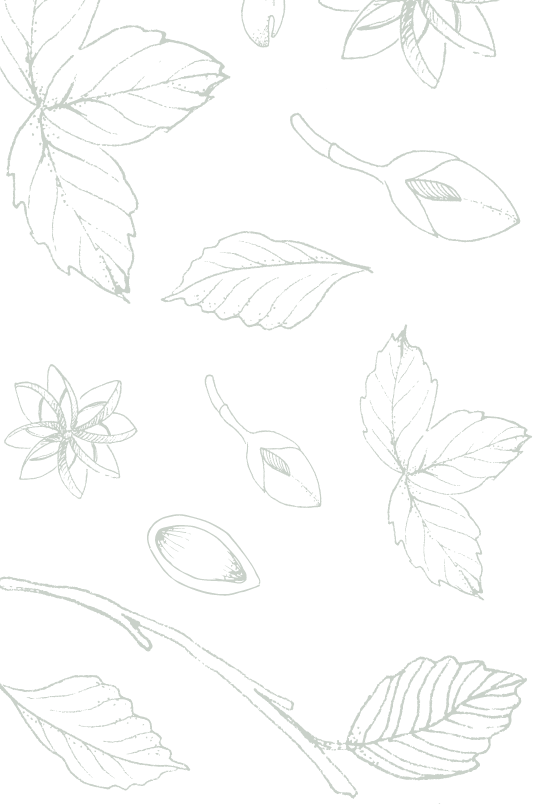
The Spice People FAQs


The Spice People FAQs
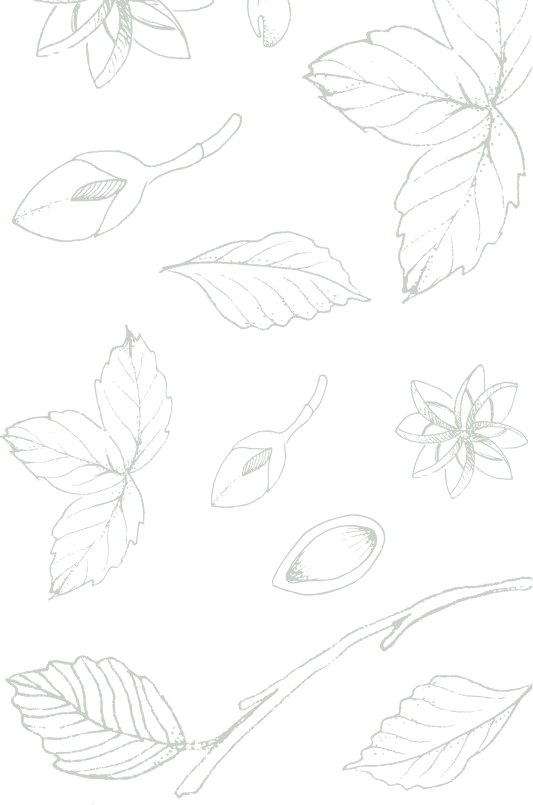
Other Spices you may like
Featured in



Join the Spice People to Get Started on Your Culinary Spice Journey!
Be the first to hear about our exclusive promotions, new product releases, recipes and more.

